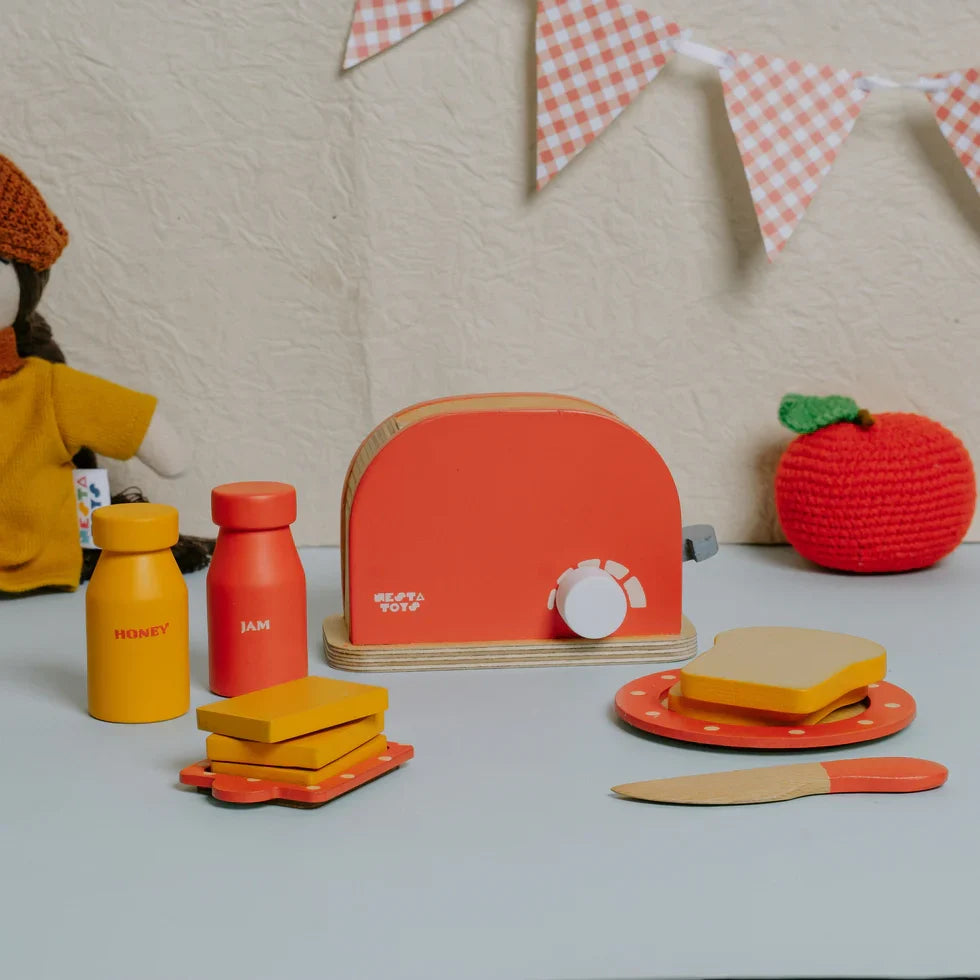Montessori education is a child-centered approach to learning that emphasizes independence, self-directed activity, and hands-on learning. The Montessori method can be applied not only in schools but also at home, providing children with a consistent and nurturing environment for learning and growth. In this blog post, we will explore some ways to implement Montessori practices at home.
- Create a prepared environment
The Montessori method places a lot of emphasis on the environment as a facilitator of learning. At home, parents can create a prepared environment that is organized, child-friendly, and encourages independence. This could involve creating a low shelf with activities and materials that the child can access independently, such as puzzles, art supplies, and simple cooking tools.
- Foster independence
Montessori education is all about empowering children to become independent learners. At home, parents can encourage independence by allowing children to make choices and take responsibility for their own learning. This could involve letting children choose their own activities, encouraging them to dress and feed themselves, and involving them in household tasks such as cleaning and cooking.
- Encourage hands-on learning
Montessori education emphasizes hands-on learning through exploration and discovery. At home, parents can provide opportunities for children to engage in sensory experiences and hands-on activities, such as playing with playdough, sorting and categorizing objects, and participating in simple science experiments.
- Foster a love of nature
Montessori education also emphasizes a connection to nature and the environment. At home, parents can encourage children to spend time outside, explore nature, and participate in simple gardening activities. This can help children develop an appreciation for the natural world and a sense of responsibility for the environment.
- Create a calm and respectful atmosphere
The Montessori method emphasizes creating a calm and respectful atmosphere that encourages children to focus and concentrate on their learning. At home, parents can create a peaceful environment by limiting distractions, providing a quiet space for learning, and modeling respectful and positive behavior.
In conclusion, Montessori practices can be implemented at home to create a nurturing and empowering environment for children to learn and grow. Parents can create a prepared environment, foster independence, encourage hands-on learning, foster a love of nature, and create a calm and respectful atmosphere. By following these practices, parents can help their children develop a lifelong love of learning and a sense of independence and self-confidence.








